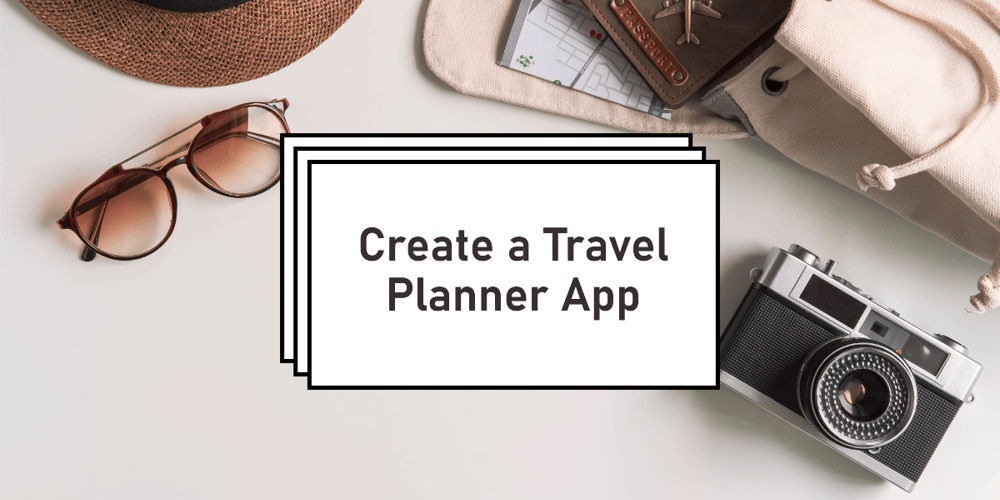Dreaming of building an app to organize your next adventure? Flutter, Google’s UI toolkit, is a fantastic choice for crafting a beautiful, cross-platform travel planner that works seamlessly on iOS and Android.
Limited time! Get a Free Trial!
Here’s your roadmap to get started:
1. Lay the Groundwork
- Project Setup: Fire up your favorite code editor and create a new Flutter project.
- Dependencies: Add essential packages like flutter_map (for maps), intl (for date/time formatting), shared_preferences (for data persistence), and potentially a backend service like Firebase for cloud storage and real-time updates.
2. Design Your User Interface
- Trips Screen: This is where users see their upcoming and past trips. Use Flutter’s ListView to display trip cards with key details (destination, dates, image).
- Trip Details Screen: Dive into specifics like itinerary, flights, accommodations, and activities.
- Add Trip Screen: Let users create new trips. Consider using TextFormField for input fields and DropdownButton for selecting locations.
- Map View: Integrate a map to visualize destinations and routes.
3. Implement Core Features
- Trip Creation: Capture essential trip data (destination, dates, notes) and store it using shared_preferences or a backend.
- Itinerary Management: Allow users to add, edit, and remove itinerary items (day-by-day plans, activities, notes).
- Map Integration: Use flutter_map to display the trip location. You might even add markers for points of interest.
- Data Persistence: Decide how you’ll store trip data – locally (using shared_preferences) or in the cloud (using Firebase or a similar service).
Additional Features (Optional)
- Budget Tracking: Help users manage expenses.
- Packing Lists: Let users create checklists.
- Weather Integration: Show forecasts for trip destinations.
- Sharing: Enable users to share trip plans with friends or family.
4. Refine and Polish
- Error Handling: Anticipate potential issues (like invalid input or network errors) and provide helpful messages to the user.
- Testing: Thoroughly test your app on different devices and screen sizes.
- Visual Appeal: Make your app visually appealing with a cohesive design, smooth animations, and intuitive navigation.
Quick Tips
- Start Simple: Begin with the core features and gradually add more complexity.
- Use a State Management Solution: For larger apps, consider tools like Provider or BLoC to manage your app’s state effectively.
- Follow Best Practices: Adhere to Flutter’s style guide and coding conventions for maintainable code.
Example Code Snippet (Creating a Trip Card)
Card(
child: ListTile(
leading: Image.network(trip.imageUrl),
title: Text(trip.destination),
subtitle: Text('${trip.startDate} - ${trip.endDate}'),
onTap: () {
// Navigate to trip details screen
},
),
);
Get Creative and Have Fun!
Building your travel planner app is a journey of learning and experimentation. I provided very basic and quick steps to start in this quick guide. Do you want to explore more deeply and make a working flutter project?
I have a project and a free trial here to start. Just enroll and complete it at your own pace and add it on in your CV.
Limited time! Get Free Trial!
Happy coding!

